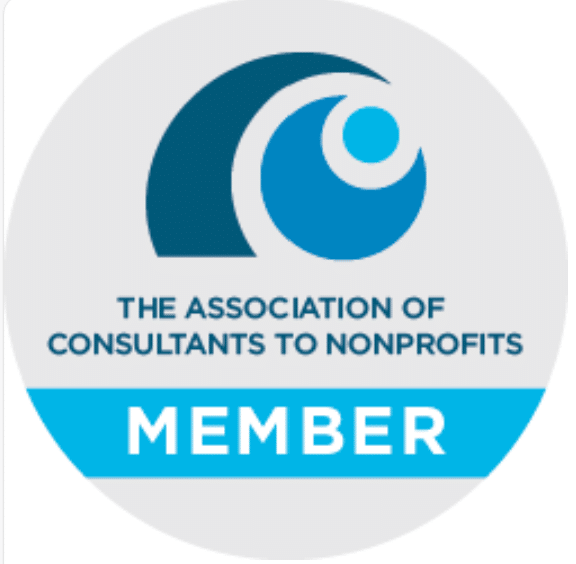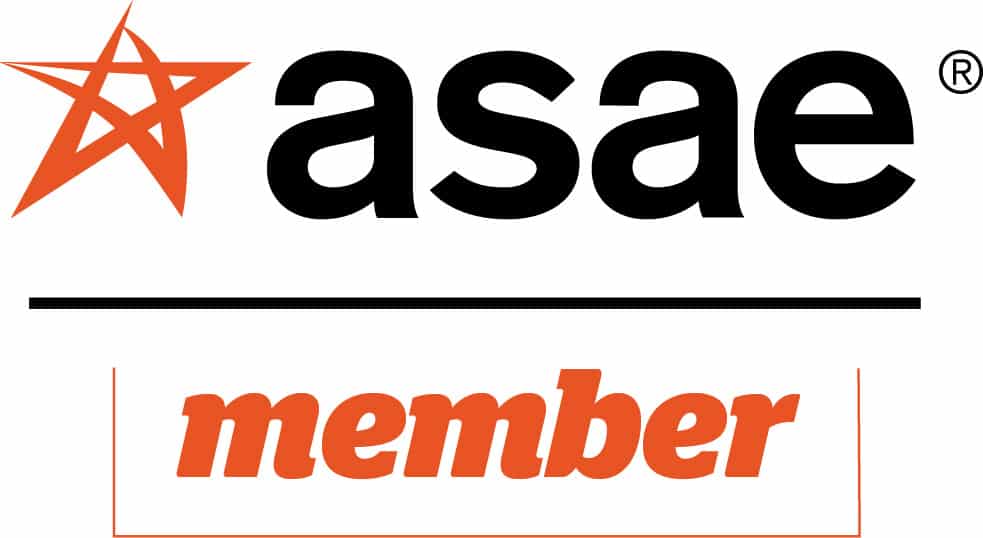Get Your Nonprofit Strategy Focused
There is a saying called Parkinson’s Law: “Work expands to consume the available resources.” Your entire team will always be busy, and your total budget will be spent. This is especially true of nonprofit strategy.
So the question is, how do you ever do something new? Starting anything means stopping something else, which is often more complicated than it sounds.
In our nonprofit strategy work, leaders often need help to free up resources or concentrate on fewer but more important things. The status quo has a healthy immune system. The “corporate antibodies” swiftly move in to attack attempts at making way for the new.
Do You Need To Start Stopping?
If you don’t recognize this dynamic in your organization, ask yourself if the following are true:
- No one knows when or why some of your programs started in the first place. Unfortunately, many nonprofit programs take on a life of their own, to the point that no one remembers how they started. If you can’t remember why you started, it may be because it’s time to stop.
- None of your programs have ever missed their goals (because no one can measure them). Often the goals of the nonprofit strategy are vague and subjective. It can be impossible to measure results genuinely, so it ends up appearing that no one ever misses a “goal.” As a result, these programs may not provide the value they seem to, and the resources to keep them alive may have more of an impact elsewhere.
- "But we’ve always done it that way” is often a winning argument. Unfortunately, nonprofits can be slow to change and often fall back on the way things have always been done, even if it is not the best way. However, just because that’s the way it’s always been doesn’t mean there isn’t an option that provides your organization with more value.
If you answered yes to any of the above, it might be time for you to start stopping.
But how?
Focus on the Bottom Lines
It’s a funny quote but an insightful one. It reframes the problem as something (in Coltrane’s case, pretty quickly) solvable. Organizations that succeed with nonprofit strategies do the same. They refocus from activities to outcomes.
In other words, asking not “Why are we doing X, Y, or Z?” but “How do X, Y, and Z create the outcomes we want?” You don’t measure strategic outcomes by work done but by a change in the business or world that moves the strategy forward
Jazz great John Coltrane was known for his long-winded saxophone solos. When Miles Davis complained, Coltrane said: “I just don’t know how to stop!” Miles replied, “Try taking the horn out of your mouth!”

- The first is impact – how big a splash something makes in the market, the community, etc.
- The second is alignment — how closely something is tied to the top-level strategies of the organization.
- The third is value – how much does it deliver in revenue or other quantifiable contributions.
Agree On Outcomes First
In Meghan Trainor’s words, “Thank you in advance; I don’t want to dance.” Successful organizations focus their strategic planning on the outcomes they want and how they will measure them instead of what they want. As a result, they have a clearer view of what is not working and an easier time saying no to it.
One large organization we worked with reduced its dashboard goals from over thirty to six. By linking the budget process to the six top-level goals, resources with little impact or value did not get funded. This happened because of principles established in advance, not on a case-by-case basis.
It takes work. The example above profited from solid leadership, board partnership, and sustained planning discipline. The fruits of this effort are a strong focus on things that matter, the ability to shift resources among them as things change, and a level of organizational clarity that keeps everyone aligned when change happens.
To read more about nonprofit strategy, see 4 Signs You Have Too Much Non Profit Integration and What the Best Nonprofits Know About Strategy













